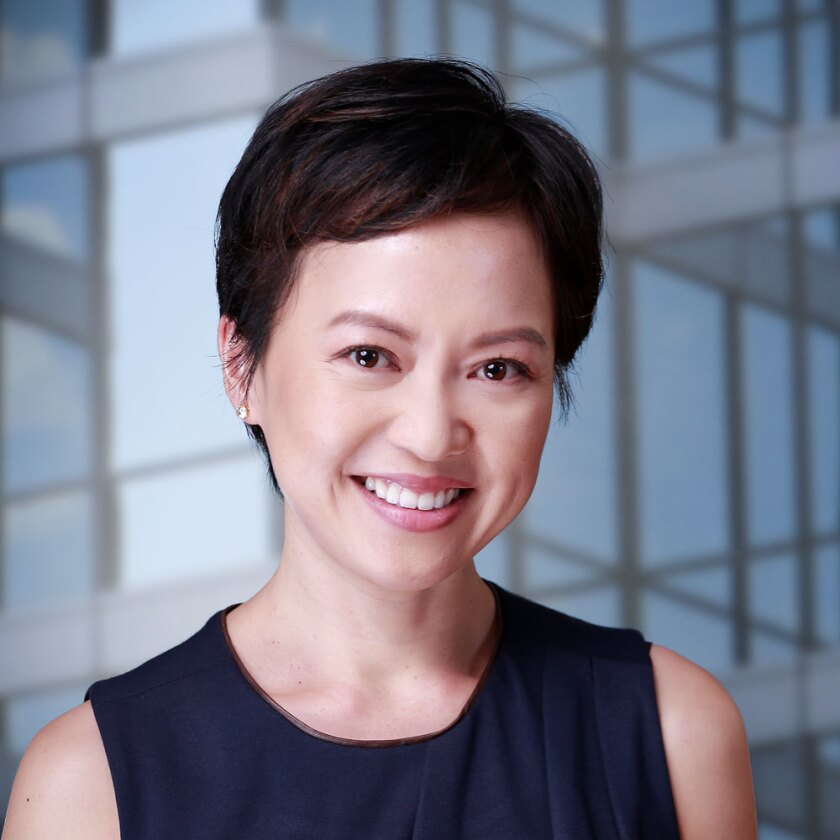Women in Insurance Leadership 2019
From Digital Insurance
By Sharon Goldman
For Sherry Huang, the path to becoming an actuary started at an on-campus interview after studying statistics as an undergraduate in Berkeley. These days, as Chief Actuary at New Energy Risk (NER), which helps insure technical risk for breakthrough technologies related to renewable energy projects, she continues to use and evaluate data creatively, by analyzing and pricing transactions of technical performance risk.

“The central theme of all my experiences has been developing data-driven strategies and building a modeling framework to capture patterns and all elements of risk,” she says. Huang built the techno-economic modeling platform the NER team relies on from scratch, coding it in Python herself, integrating it with cloud-based databases, and creating a leading-edge user interface that is flexible in its inputs and allows team members to quickly analyze client risk profiles. She credits an analytics team leader at a client site with helping her understand how to build an effective and passionate team.
The work at NER, an MGA affiliated with AXA XL, is exciting and rewarding, she explains, because the company uses insurance and reinsurance to help address pressing global challenges related to clean technology, in areas such as waste, energy and new battery chemistries. Many clients have technologies that turn waste into products (or “trash to cash”), while others work on innovative, lower-carbon energy storage products.
“Through our underwriting rigor and consistent risk evaluation framework, I help turn risk into opportunities and enable growth for both for our customers and for our insurance partners,” she says. “Together, we are building a more sustainable future.”
Day-to-day, Huang spends her time evaluating clients’ pilot plant performance data together with NER’s science/engineering team, understanding related project economics, market factors and regulations. “Ultimately, I make sure our risk model for each transaction is consistent, comprehensive and transparent, so our insurer and reinsurer partners can rely on the results to deploy their capital,” she explains.
This kind of innovation in the insurance space is bound to continue, she predicts, either based on new technologies or new creative policy coverages that address an existing protection gap.
“I see continuous support on the regulatory and private investment front which will allow more energy technology companies to grow,” she says. “I see the insurance industry continuing to focus on sustainability and closing the protection gap, making a real difference in the global economy in a meaningful way.”
Opportunities abound
Huang believes there’s a commitment to leveling the playing field for women and minorities in both the technology and insurance industries.
“More women leaders are willing to speak out and step up about issues such as pay inequality and the glass ceiling,” she says. “I see a trend of empowerment for women as well as minorities, by male and female leaders alike.”
There is a real recognition of a disproportionate percent of C-suite women leaders and women entrepreneurs and venture-capital investors participating in the start-up world, she adds, pointing to California’s move to require all publicly held corporations headquartered in California to have at least one women director on their board by the end of 2019, causing a shift in the gender balance in the corporate board rooms.
“I believe over time, everyone will recognize that diversity is a key to innovation and profitability, and hopefully we will have a statistically significant data set to prove it,” she says. “I also hope that I can inspire and empower others as my mentors have inspired me.
These lessons stay with me.”
##